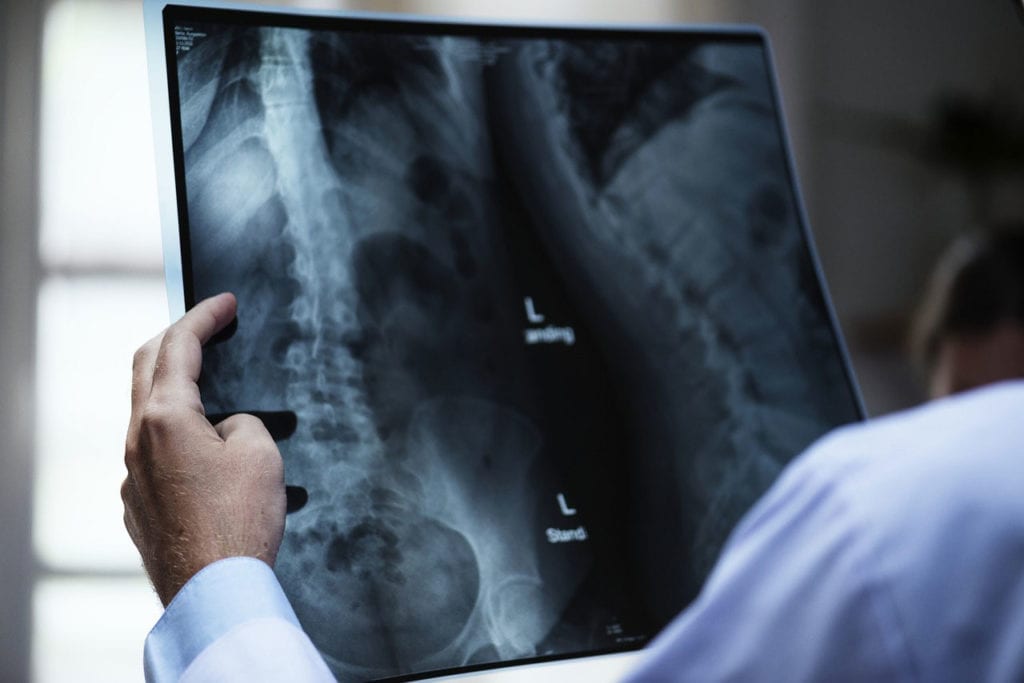12-year-old Rohit, who hails from Uttar Pradesh, India, has a dream to one day become a singer – and he’s ready to pursue that dream no matter what. Throughout his life, Rohit has already handled far more than his fair share of challenges. Rohit was born with a rare condition called osteogenesis imperfecta (OI).
According to The Daily Mail, Rohit is around 1 foot 5 inches tall and weighs around 33 pounds. In his lifetime, he has already broken or fractured around 100 bones. Unfortunately, this is fairly common for those with the more severe subtypes of OI. His mother and his two siblings help him throughout his daily life.
There are a few different subtypes of osteogenesis imperfecta, which vary in severity. For Rohit, his OI is on the more severe side. However, there are still many tasks that Rohit is able to complete by himself. In the future, Rohit also hopes to pursue his dreams. He has already shared that no matter what challenges arise from his OI diagnosis, he is ready to handle them head-on.
In the future, Rohit may be able to have some assistance through therapies designed to help those with OI. Currently, these therapies are not always available in India and other areas. However, treatments like romosozumab may soon be on the horizon.
What is Osteogenesis Imperfecta (OI)?
Osteogenesis imperfecta (OI) refers to a group of rare genetic disorders characterized by brittle, easily broken bones. Normally, COLA1A1 and COL1A2 genes encode for the production of type 1 collagen. This helps to strengthen bones and connective tissue. In those with OI, mutations within these genes contribute to the development of OI. These mutations may be inherited in an autosomal dominant or autosomal recessive pattern; they also may occur spontaneously.
Altogether, there are four forms of OI. The first, type I, is the mildest form and is characterized by blue sclera and multiple fractures. Next, osteogenesis imperfecta type II is the most severe form, characterized by multiple fractures, blue sclera, underdeveloped lungs, and fragile skin. Types III and IV also exist. To learn more about the different forms of OI, as well as their symptoms, head here.








